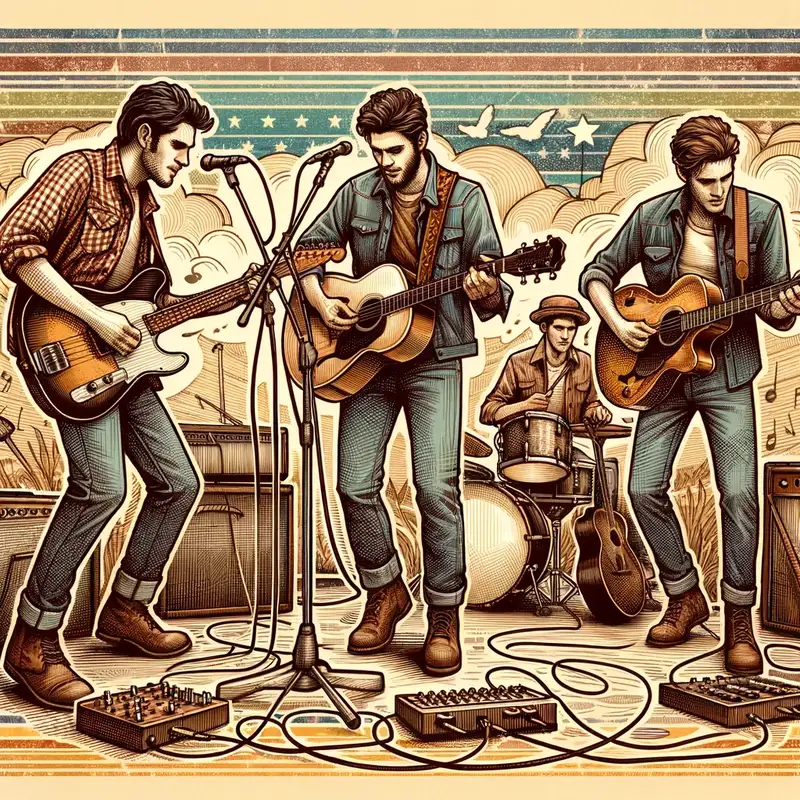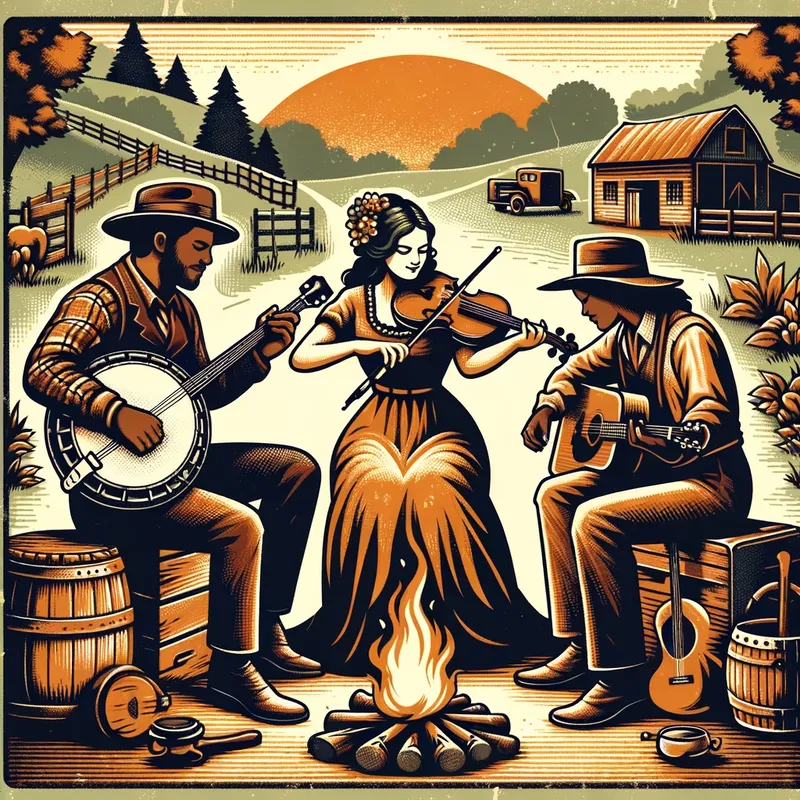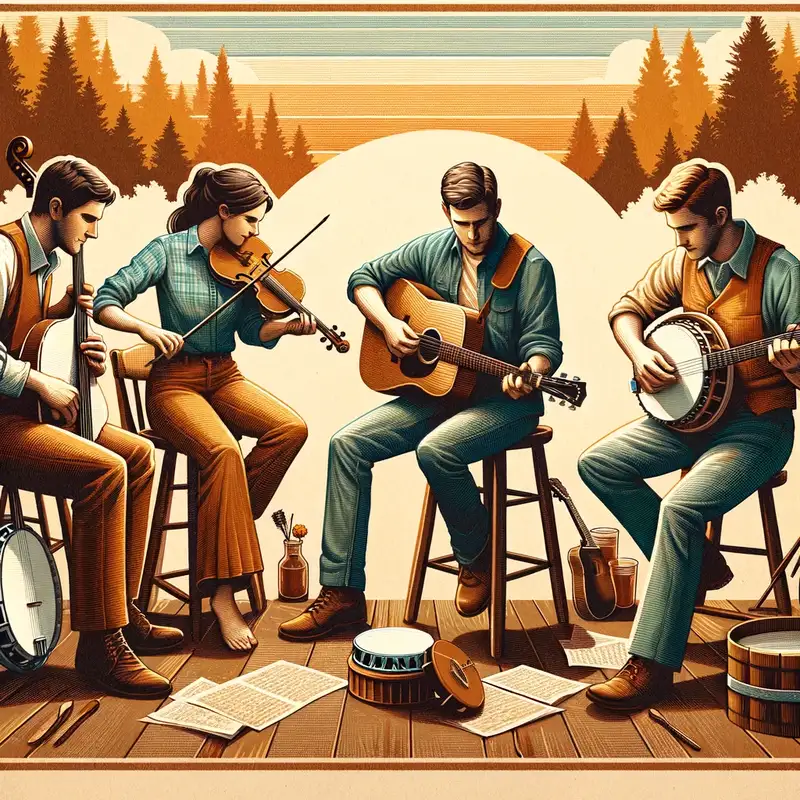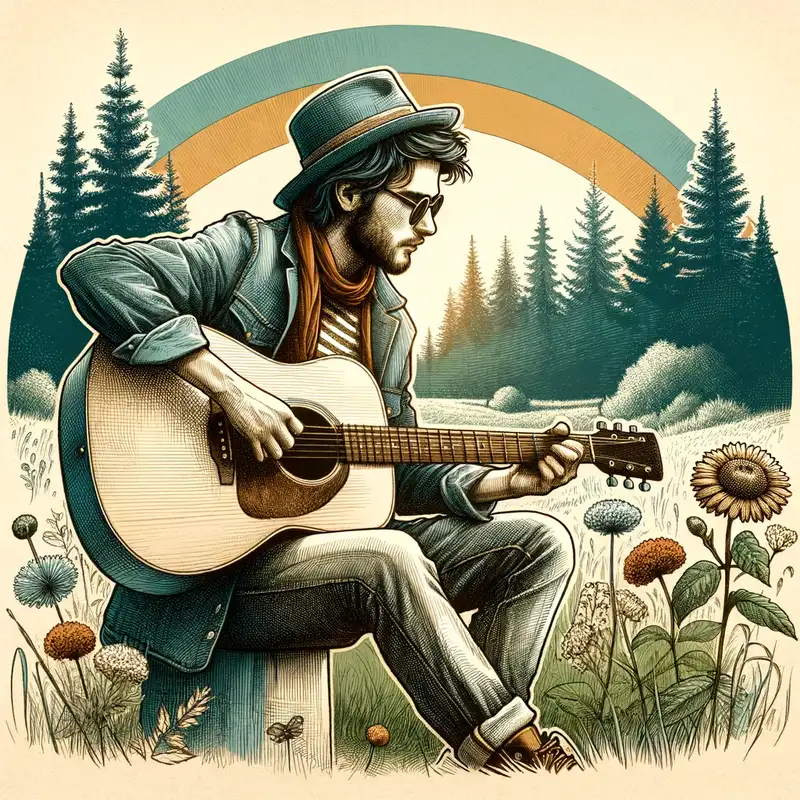Folk Rock

Folk rock, a genre that blends the storytelling traditions of folk music with the electrifying elements of rock, emerged in the mid-1960s as a musical bridge between two worlds.
Rooted in the social and political movements of the time, folk rock became a powerful medium for cultural expression.
Table of Contents
Historical Context
The early 1960s were dominated by the acoustic sounds of folk music, with artists such as Bob Dylan, Joan Baez, and Pete Seeger using their songs to comment on social issues like civil rights and the Vietnam War.
However, as the decade progressed, the allure of rock ‘n’ roll’s energy became irresistible. This transition birthed folk rock, a genre that took the poetic lyricism of folk and amplified it with rock instrumentation.
Musical Characteristics
- Narrative Lyrics: Folk rock songs often tell stories or provide commentary on social and political themes.
- Electric Instruments: Folk rock introduced electric guitars, bass, and drums.
- Harmonization: Folk rock often features tight vocal harmonies, enhancing the emotive qualities of the songs.
- Rhythmic Diversity: While folk songs have a steady, consistent tempo, folk rock diversified with dynamic rhythms and varied tempos.
Key Artists and Their Contributions
- Bob Dylan: Initially a folk artist, Dylan’s decision to “go electric” at the 1965 Newport Folk Festival is a defining moment in the evolution of folk rock.
- The Byrds: Their rendition of Dylan’s “Mr. Tambourine Man” is often credited as the first folk rock hit, setting the stage for the genre’s rise.
- Simon & Garfunkel: With hits like “The Sounds of Silence,” this duo made the blend of folk lyrics with rock-influenced melodies.
- Fairport Convention: This British band integrated English folk music traditions with rock elements.
Influence
Folk rock’s peak in the late 1960s paved the way for numerous subgenres and influenced future generations of musicians. Genres like indie folk and Americana owe a lot to the foundations laid by folk rock.


